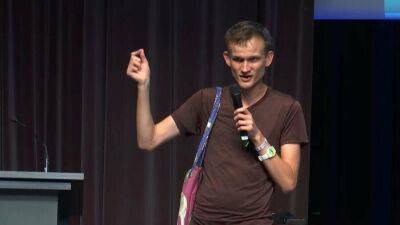What is an Ethereum Virtual Machine (EVM) and how does it work?
Ether (ETH), which is the second largest cryptocurrency in terms of market capitalization, is popular among cryptocurrency investors because of its native ETH token. However, its native Solidity programming language and Ethereum Virtual Machine (EVM) are instrumental in the adulation it receives from the developer community. In fact, the Ethereum blockchain continues to attract decentralized application (DApp) developers due to its flexibility, the vast range of developer tools available and the platform’s large user base.
Forming the core of the blockchain’s architecture, the EVM is the program that executes its application code or smart contracts, as they are called, providing a run-time environment for them that runs on top of the Ethereum network. What’s more, the EVM is Turing-complete and can thus run any program coded in any programming language, thereby allowing developers to easily create custom smart contracts and DApps for the burgeoning Web3 space.
In addition to these important functionalities, EVM has access to all nodes in the network, handles smart contracts execution and effectively handles all transactions on the Ethereum blockchain, making it one of the most powerful virtual machines in existence today.
Conceptualized in 2013 by programmer Vitalik Buterin, the Ethereum network owes its phenomenal success as the preferred blockchain for DApp developers to the Ethereum Virtual Machine (EVM) that was designed by Gavin Wood during his tenure at Ethereum. Written in C++ and using the LLVM Project compiler, EVM is a special state machine that operates continuously and whose immutable operations determine the state of each block in the Ethereum blockchain.
The EVM not only governs what nodes can or cannot do to
Read more on cointelegraph.com














